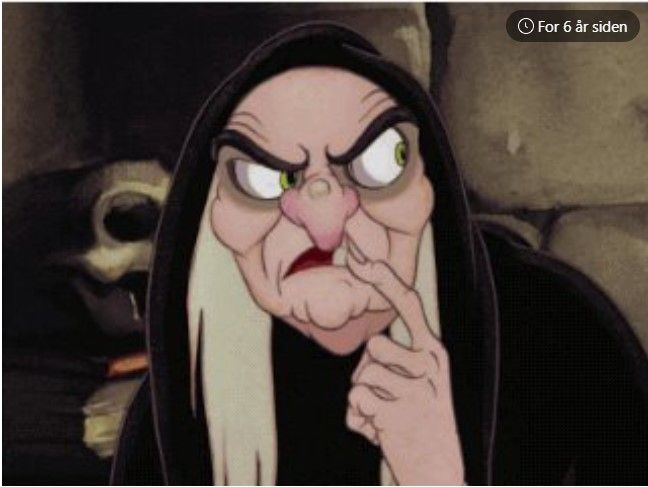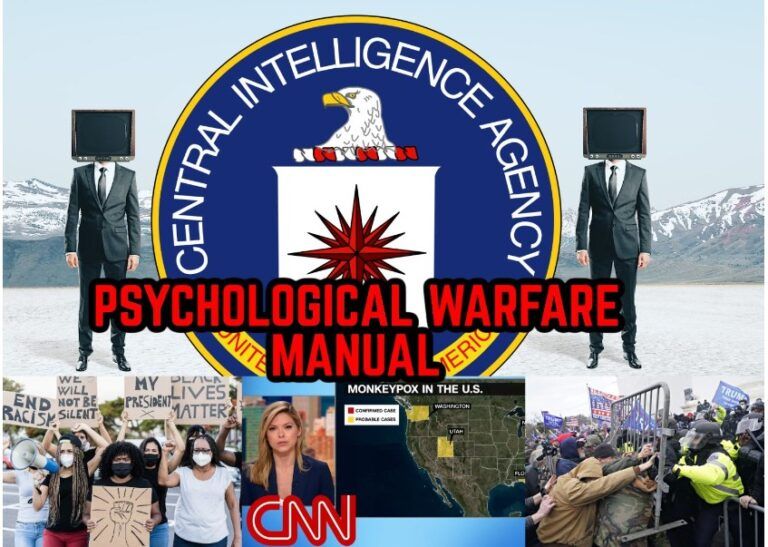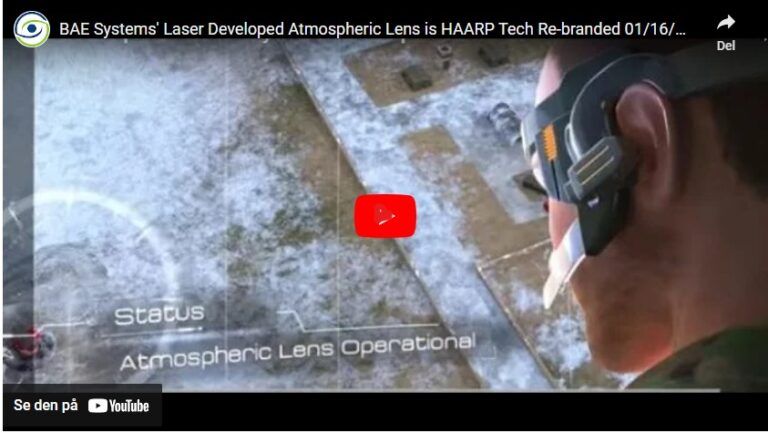Social Sharing
Act grants cabinet ability to take ‘special temporary measures that may not be appropriate in normal times’

Catharine Tunney · CBC News · Posted: Feb 14, 2022 7:54 AM ET | Last Updated: 6 hours ago

5969 comments
Prime Minister Justin Trudeau says he’s invoking the Emergencies Act for the first time in Canada’s history to give the federal government temporary powers to handle ongoing blockades and protests against pandemic restrictions.
“It is now clear that there are serious challenges to law enforcement’s ability to effectively enforce the law,” Trudeau told a news conference Monday afternoon.
“It is no longer a lawful protest at a disagreement over government policy. It is now an illegal occupation. It’s time for people to go home.”
Trudeau said the measures will be geographically targeted and “reasonable and proportionate to the threats they are meant to address.”
The unprecedented deployment of the Emergencies Act gives police more tools to restore order in places where public assemblies constitute illegal and dangerous activities, such as blockades and occupations, he said. Trudeau said the act also will enable the RCMP to enforce municipal bylaws and provincial offences where required.
“This is about keeping Canadians safe, protecting people’s jobs and restoring confidence in our institutions,” he said.
WATCH | Trudeau announces he will invoke the Emergencies Act to deal with protest deadlock in Ottawa

Trudeau announces he will invoke the Emergencies Act to deal with protest deadlock in Ottawa
14 hours agoDuration1:35Prime Minister Justin Trudeau explained how the Emergencies Act will be used to deal with the ongoing protests in the nation’s capital and at some Canada-U.S. border crossings. 1:35
The government is also designating and securing critical areas such as border crossings and airports. Invoking the act will also allow the government to make sure that essential services — such as towing services to remove trucks — are rendered, said Trudeau.
Massive financial implications
The federal government is also going after financial support for illegal activity associated with the convoy protest.
Convoy organizers have raised millions of dollars. They raised money first through the GoFundMe crowdfunding site. When GoFundMe shut the fundraising campaign down, organizers pivoted to the Christian crowdfunding site GiveSendGo.
Finance Minister Chrystia Freeland said that under the Emergencies Act, crowdfunding platforms and the payment service providers they use must register with the Financial Transactions and Reports Analysis Centre of Canada (FINTRAC), the national financial intelligence agency. They must also report large and suspicious transactions to FINTRAC.
WATCH | Crowdfunding platforms must now register with FINTRAC

Crowdfunding platforms must now register with FINTRAC
14 hours agoDuration1:39Deputy Prime Minister Chrystia Freeland announces new regulations to crowdfunding sites and their payment service providers as part of the deployment of the Emergency Act. 1:39
“The illegal blockades have highlighted the fact that crowdfunding platforms, and some of the payment service providers they use, are not fully captured under the Proceeds of Crime and Terrorist Financing Act,” she said.
“We are making these changes because we know that these platforms are being used to support illegal blockades and illegal activity which is damaging the Canadian economy.”
Canadian financial institutions can now temporarily cease providing financial services if the institution suspects an account is being used to further the illegal blockades and occupations, said Freeland.
“This order covers both personal and corporate accounts,” she said.
Measures still subject to Charter of Rights
The Emergencies Act, which replaced the War Measures Act in the 1980s, defines a national emergency as a temporary “urgent and critical situation” that “seriously endangers the lives, health or safety of Canadians and is of such proportions or nature as to exceed the capacity or authority of a province to deal with it.”
The act gives special powers to respond to emergency scenarios affecting public welfare (natural disasters, disease outbreaks), public order (civil unrest), international emergencies or war emergencies.
It grants cabinet the ability to “take special temporary measures that may not be appropriate in normal times” to cope with an “urgent and critical situation” and the resulting fallout. It is still subject to the protections of the Charter of Rights and Freedoms.WATCH | Use of Emergencies Act ‘proof of failure of leadership,’ says NDP leader:

Use of Emergencies Act ‘proof of failure of leadership,’ says NDP leader
19 hours agoDuration2:04Jagmeet Singh says he will support the move to use the Emergencies Act to deal with ongoing convoy protests, but hopes more concrete changes will be made to ensure this doesn’t happen again in the future. 2:04
Ottawa police have said they are outnumbered by crowds protesting vaccine mandates in the capital. Despite a provincial state of emergency, protesters ignored the threat of arrest and jail time and flocked to the city’s centre over the weekend.
Demonstrators have erected tents, a stage, a large video screen and even a hot tub on various streets — including Wellington Street, which runs in front of the Parliament Buildings and the Prime Minister’s Office.
Ottawa police said “safety concerns” — including “aggressive, illegal behaviour” by demonstrators — are to blame for the “limited police enforcement capabilities.”
A blockade of the Ambassador Bridge in Windsor, Ont., a key supply link between Canada and the U.S., was dispersed by police earlier Sunday, with 12 arrests.
“Occupying streets, harassing people, breaking the law. This is not a peaceful protest,” said Trudeau, who added there are no plans to deploy the military.
Once cabinet declares an emergency, it takes effect right away — but the government still needs to go to Parliament within seven days to get approval. If either the Commons or the Senate votes against the motion, the emergency declaration is revoked.
NDP Leader Jagmeet Singh said Monday that while he sees the prime minister’s decision to turn to the Emergencies Act as “proof of a failure of leadership,” he will support the declaration — which should secure its passage through a minority Parliament.WATCH | Experts disagree about invoking federal Emergencies Act:

Security experts disagree on use of federal Emergencies Act
18 hours agoDuration7:44National security expert Wesley Wark says Ottawa’s expected use of the federal Emergencies Act is ‘long overdue’ to help end the protests in Ottawa. But Leah West, assistant professor of international affairs at Carleton University in Ottawa, says Ontario’s own emergency act gives it the power it needs to remove protesters. 7:44
“The reason why we got to this point is because the prime minister let the siege in Ottawa go on for weeks and weeks without actually doing anything about it, allowed the convoy to shut down borders without responding appropriately,” he said.
Interim Conservative Leader Candice Bergen accused Trudeau of dividing Canadians.
“We’ve seen the prime minister wedge, divide and stigmatize Canadians he doesn’t agree with and by doing so he creates so many barriers in terms of trying to solve this problem,” she said.
“The prime minister had the opportunity to talk and listen to so many he disagreed with and he refused to do so, so this looks like a ham-fisted approach that will have the opposite effect.”
Conservative MP Pierre Poilievre — the only person so far running to lead his party — said the way to end the protest and illegal blockades is to remove the mandates.
“Real simple. Listen to the science, do what other provinces and countries are doing, that is to end the mandates and restrictions so protesters can get back to their lives and their jobs,” he said heading into question period Monday.
“The only emergency is the one that Justin Trudeau has deliberately created to divide the country and gain politically.”
Legal threshold questioned
Jack Lindsay, an associate professor in the applied disaster and emergency studies department at Brandon University in Manitoba, said one of the first steps in invoking the Emergencies Act is the government showing that a state of emergency exists.
“They’re gonna have to basically prove that first hurdle, that it is a national emergency,” he said.
“He’s basically going to be arguing that these truckers are basically creating a threat to the security of Canada.”
Leah West, an assistant professor in international studies at Carleton University who has published a book on national security law, questions whether that threshold has been met.

“To invoke a national emergency, the government would need to be saying that these protests threaten the security of Canada, our sovereignty or our territorial integrity,” she said.
“I have real concerns about fudging the legal thresholds to invoke the most powerful federal law that we have.”
Errol Mendes, a professor of constitutional and international law at the University of Ottawa, sees it differently.
“If you look at what’s happened not just in Ottawa but at the Ambassador Bridge and Coutts, Alta. and in B.C., essentially we have a national emergency,” he told CBC News Network.
“You have this small group basically asking the government to do whatever they want. That’s the national security problem.”
Kenney worries about inflaming protesters
The move came after a cabinet and caucus meeting over the past 24 hours. Trudeau also consulted with the premiers Monday morning.
Speaking before his call with Trudeau, Ontario Premier Doug Ford gave his initial approval.
“I support the federal government and any proposal they have to bring law and order back to our province, to make sure we stabilize our business and trade around the world,” he told a news conference.WATCH | Protesters blocked multiple border crossings across Canada over the weekend:

Protesters block border crossings across Canada
1 day agoDuration2:51Protesters blocked multiple border crossings across Canada over the weekend, and while some have reopened, they’re still closed in Surrey, B.C., and Coutts, Alta. 2:51
Alberta Premier Jason Kenney, who has been dealing with a blockade at the border crossing in Coutts protesting against pandemic restrictions, said he doesn’t believe invoking the act is necessary in his province.
The RCMP announced Monday its officers arrested 11 people after searching three trailers and finding weapons at the protests in southern Alberta.
“We have the legal powers that we need. We have the operational resources that we need to enforce, and I think at this point for the federal government to reach in over top of us without offering anything in particular would frankly be unhelpful,” said Kenney.

“I am concerned that there’s a certain kind of person that if the federal government proceeds with this, who will be further inflamed and that could lead to prolongation of some of these protests.”
The premiers of Manitoba, Saskatchewan and Quebec also expressed concerns about invoking the act.
Invoking the act also triggers an inquiry at the end of the declaration.
The War Measures Act was most famously used in peacetime by Prime Minister Pierre Elliott Trudeau during the October Crisis.
CBC News Special Coverage
Prime Minister Justin Trudeau discusses his decision to invoke the Emergencies Act. Here’s how to follow our special coverage
- CBC News Chief Political Correspondent Rosemary Barton and breaking news teams across the country bring you special coverage starting at 4 p.m. ET on CBC News Network and at 4:30 p.m. ET on CBC-TV and livestreaming on CBC Gem, CBC.ca and the CBC News app.
- Susan Bonner and Piya Chattopadhyay host live coverage on CBC Radio beginning at 4:30 ET, or listen on the CBC Listen app.
- News and analysis will continue on CBC News Network with Power & Politics and Canada Tonight, and on The World at 6 on CBC Radio One and the CBC Listen app.
- Watch The National starting at 9 p.m. ET on CBC News Network throughout the evening for the latest news and analysis.
- And follow cbcnews.ca for breaking news, analysis and updates.
Corrections
- An early version of this story said the Emergencies Act gives the federal government carte blanche to act in a crisis. In fact, the act includes limits on the types and the duration of government actions in a crisis.Feb 14, 2022 7:17 PM ET
ABOUT THE AUTHOR

Reporter
Catharine Tunney is a reporter with CBC’s Parliamentary bureau in Ottawa. She previously worked at CBC in Nova Scotia. She can be reached at catharine.tunney@cbc.ca or @cattunneyCBC.
With files from David Cochrane and JP TaskerCBC’s Journalistic Standards and Practices|About CBC NewsReport Typo or Error|Corrections and Clarifications
RELATED STORIES
- Sask. Premier says Emergencies Act should only be invoked in provinces that request it
- François Legault says Trudeau’s invoking of Emergencies Act ‘not necessary’ in Quebec
- Government considering emergency powers with ‘appropriate caution,’ federal minister says
- Opportunity to end convoy protest peacefully is slipping away, experts say












+ There are no comments
Add yours